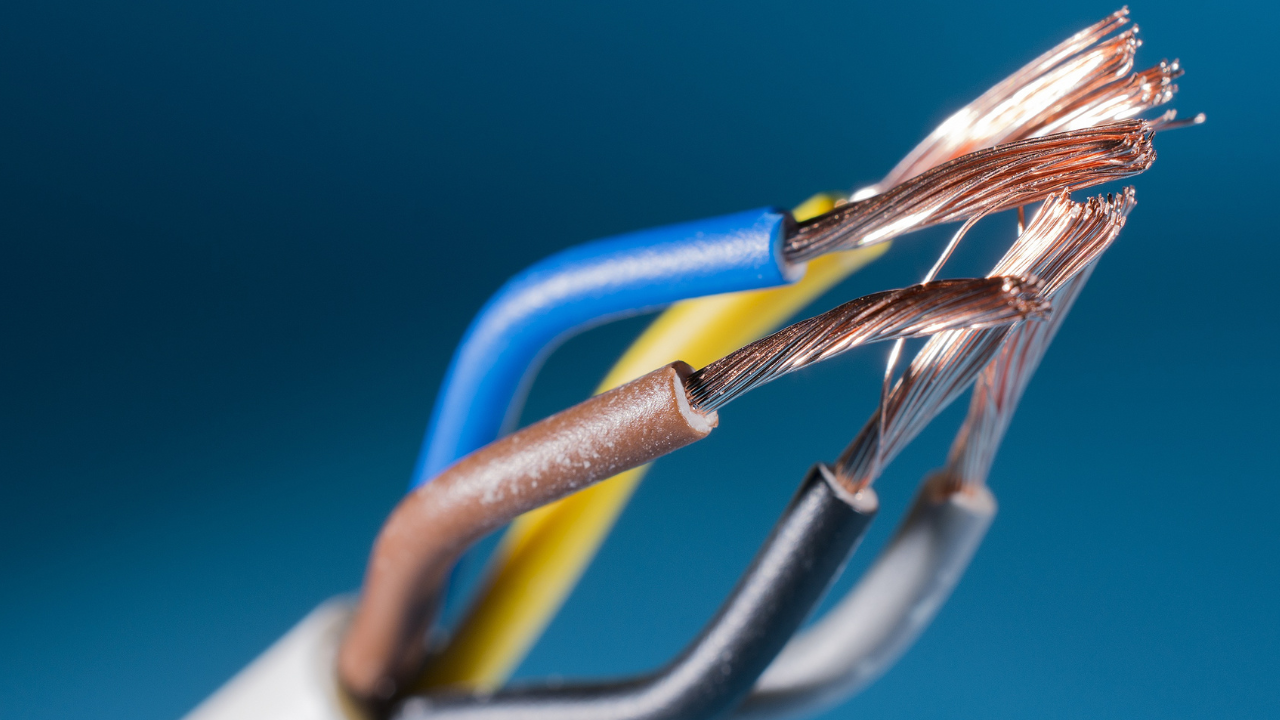Cat6a ethernet cables are a popular choice for high-speed data transmission in modern networks. They offer superior performance compared to older Cat5e cables, supporting speeds of up to 10 Gigabits per second (Gbps) over 100 meters. However, when it comes to installation, you’ll encounter two distinct cable jacket types: plenum and riser. Selecting the right Cat6a plenum or riser – depends on the specific location of your installation.
Cat6a Ethernet Cable in Short
• Cat6a plenum cables (CMP) offer superior fire safety for plenum spaces (ceilings, floors) due to fire-resistant jackets.
• Cat6a riser cables (CMR) are more cost-effective for vertical runs between floors (shafts, walls) but have lower fire safety ratings.
• Plenum cables are more versatile (usable anywhere) but costlier and stiffer than riser cables.
• Choose plenum cables for maximum fire safety (e.g., dropped ceilings).
• Choose riser cables for cost-effective vertical runs between floors.
Understanding Cable Jackets: Safety First
Cat6a ethernet cables consist of four twisted-pair copper conductors encased in a protective jacket. This jacket plays a crucial role in cable safety, particularly in the event of a fire. Building codes mandate specific cable jacket ratings to ensure minimal smoke emission and flame spread, preventing fire hazards.
Delving into Plenum Cables (CMP)
Cat6a plenum cable, denoted by CMP (Communications Multipurpose Cable, Plenum), boast the highest safety standards. Their jackets are constructed from fire-resistant materials like fluorinated ethylene propylene (FEP) or Teflon®.
These materials are designed to:
Minimize smoke emission: During a fire, plenum cables emit minimal smoke, reducing visibility impairment and ensuring safe evacuation.
Slow flame spread: The fire-resistant jacket hinders flames from rapidly traveling along the cable, preventing the fire from spreading further.
Where to Use Plenum Cat6a Cables:
Plenum spaces are defined as air-handling spaces found above suspended ceilings or below-raised floors. These areas are used for routing air throughout a building.
Due to their exceptional safety features, Cat6a plenum cables are ideal for installations within:
- Drop ceilings
- Above suspended ceilings
- Below raised floors
- Air handling ducts (refer to local building codes)
Pros of Plenum Cat6a Cables:
Superior fire safety: Offers the highest level of fire protection, crucial for plenum spaces.
Versatility: Can be used in any location, including plenum spaces, riser shafts, and walls.
Cons of Cat6a Plenum:
Higher cost: Due to the fire-resistant materials, plenum cables are typically more expensive than riser cables.
Examining Riser Cables (CMR)
Cat6a riser cables, labeled CMR (Communications Multipurpose Cable, Riser), adhere to a less stringent fire safety standard compared to plenum cables. Their jackets are typically made from flame-retardant PVC (Polyvinyl Chloride). While they offer some fire protection, they are not suitable for plenum spaces.
Where to Use Riser Cat6a Cables:
Riser cables are primarily used for vertical runs between floors within buildings. Common applications include:
- Riser shafts
- Conduits
- Between floors in walls
Pros of Riser Cat6a Cables:
Cost-effective: Riser cables are a more budget-friendly option compared to plenum cables.
Suitable for vertical runs: They are well-suited for connecting floors within a building.
Cons of Riser Cat6a Cables:
Lower fire safety: Riser cables do not meet the same stringent fire safety standards as plenum cables.
Not for plenum spaces: They should never be installed in plenum spaces due to potential smoke emission concerns.
Making the Right Choice: Plenum vs. Riser
Choosing between plenum and riser Cat 6a cables boils down to the installation location. Here’s a quick guide to help you decide:
For plenum spaces (dropped ceilings, above suspended ceilings, below raised floors): Always choose plenum (CMP) Cat 6a cables for maximum fire safety.
For vertical runs between floors (riser shafts, conduits, walls): Riser (CMR) Cat 6a cables are a cost-effective solution.
Additional Considerations:
While safety is paramount, consider these factors as well:
Cable length: Plenum cables are sometimes stiffer than riser cables due to the fire-resistant jacket material. This can make them slightly more challenging to handle, especially for long runs.
Future-proofing: If you anticipate needing maximum fire safety in the future or are unsure of the specific location, opting for plenum cables offers more flexibility.
Conclusion: Safety and Performance
Both plenum and riser Cat6a ethernet cables deliver excellent performance for high-speed data transmission. However, their fire safety ratings differ significantly. By understanding the key distinctions and your specific installation requirements, you can make an informed decision and ensure a safe and reliable network infrastructure.
Frequently Asked Questions
1. Is Cat6a cable the same as Cat6?
No, Cat6a ethernet cables offer superior performance compared to Cat6. They support speeds of up to 10 Gigabits per second (Gbps) over 100 meters, while Cat6 is limited to 1 Gbps.
2. What does CMP mean on a Cat6a cable?
CMP stands for Communications Multipurpose Cable, Plenum. It signifies the cable jacket meets the highest fire safety standard for plenum spaces. These spaces are used for air circulation within buildings.
3. When should I use a CMR Cat6a cable?
Use CMR (Communications Multipurpose Cable, Riser) Cat6a cables for vertical runs between floors in buildings. These cables are cost-effective and offer some fire protection, but not for plenum spaces.
4. Are Cat6a plenum cables more expensive?
Yes, they are typically more expensive than riser cables due to their fire-resistant jacket materials.
5. Can I use a riser cable in a plenum space?
No, building codes prohibit using riser cables in plenum spaces because they emit smoke during a fire, which can be hazardous. Always choose plenum-rated cables for these areas.










